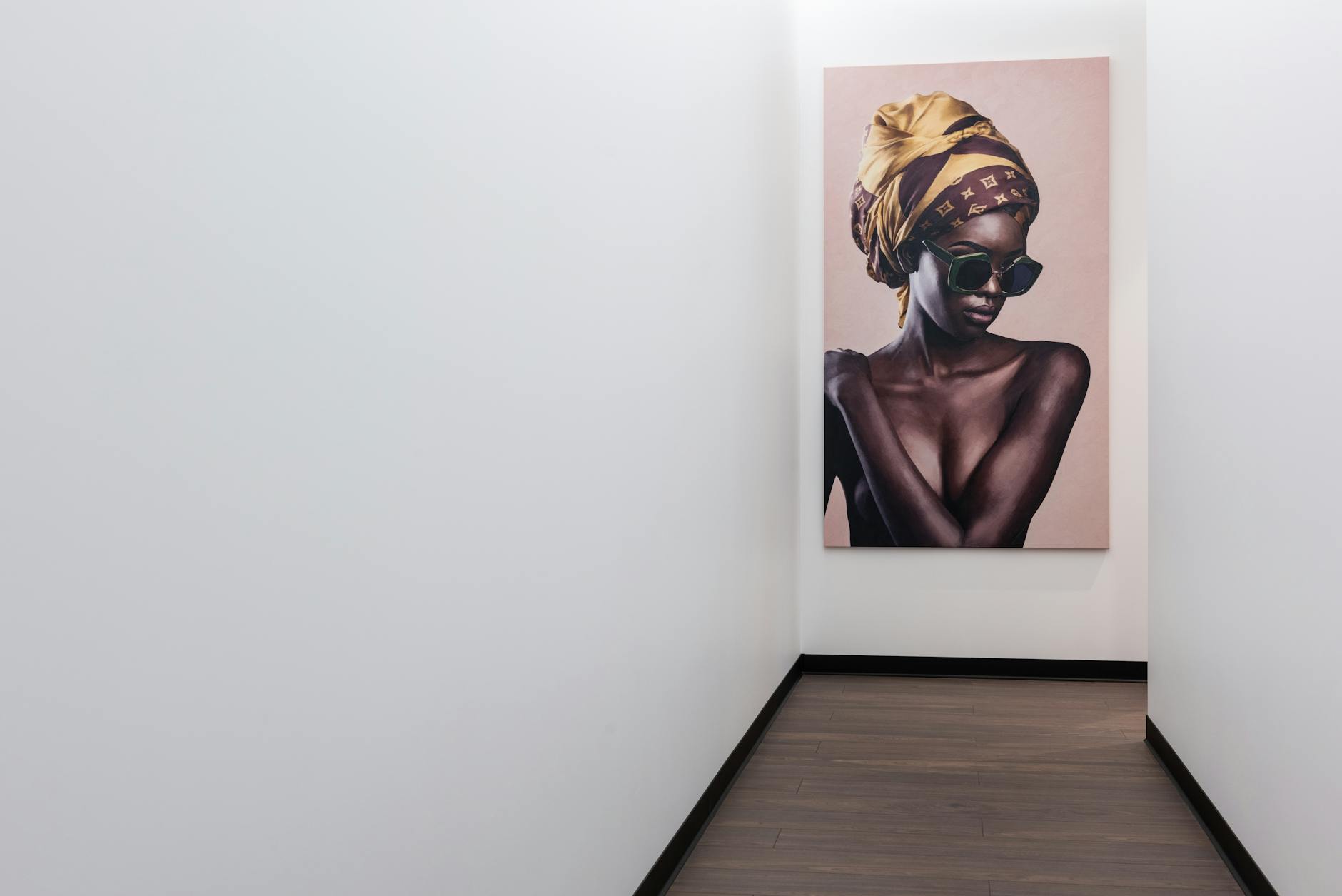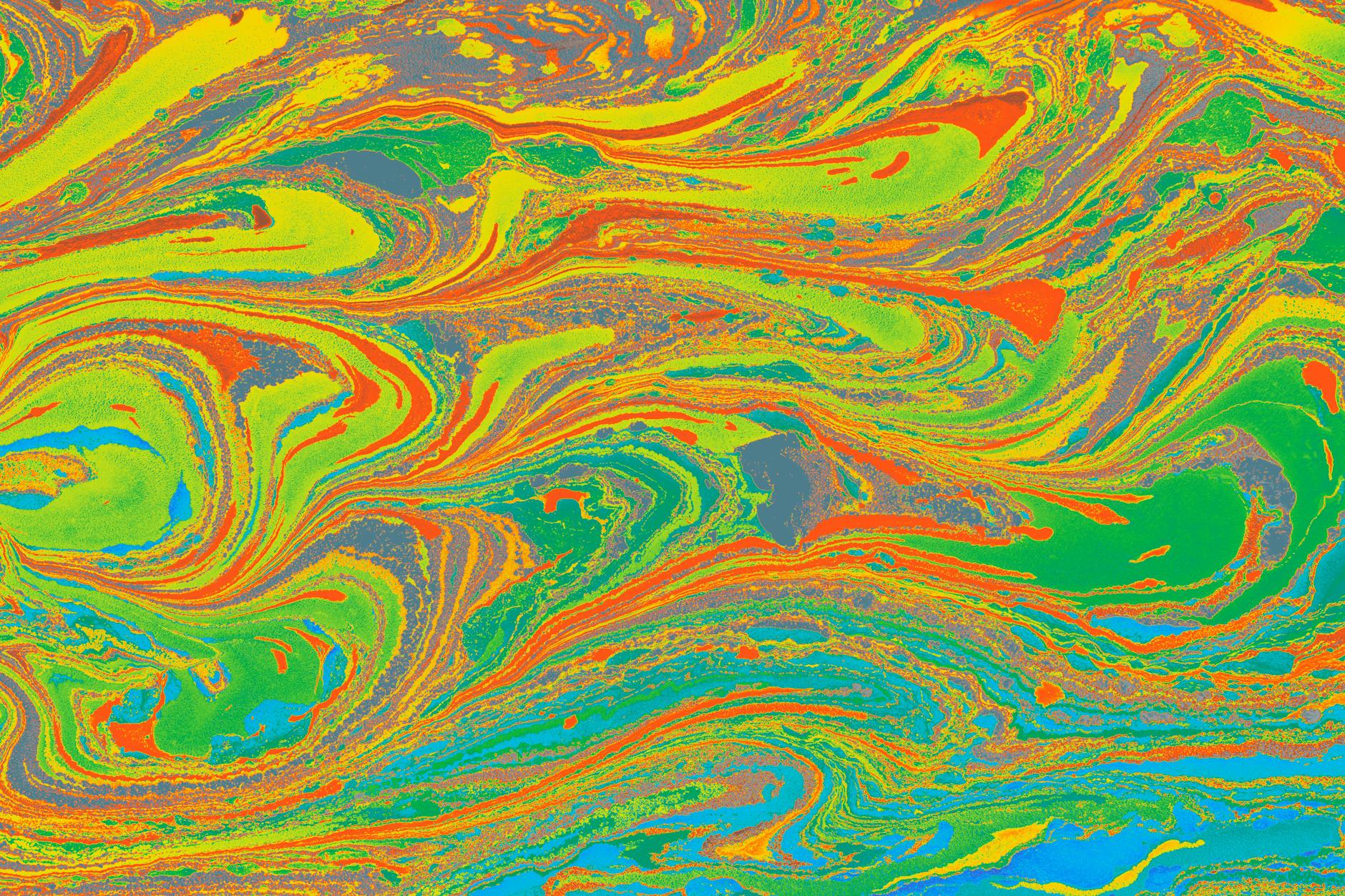Psychedelic culture is replete with enigmatic symbolism and iconography. From the dreamy illustrations of visionary artists like Alex Grey to the mind-bending marvels of festivals like Burning Man, elements of psychedelic visual language permeate a wide surface of media. Paradoxically, although these visual cues can seem esoteric, they often serve as universal touchstones in an interconnected web of cultural and spiritual wisdom.
Understanding psychedelic symbolism and iconography requires an exploration of several elements. Key among these are symbolism, iconography, sacred geometry, mandalas, and mythological imagery. While these elements are distinct, they intermingle in the arresting array of psychedelic art and design.
Starting with symbolism, the psychedelic movement has several recurring symbols that express various themes. These include the spiral, the eye, and the fractal. For instance, the Spiral usually symbolizes the infinite journey of personal and cosmic growth. In contrast, the Eye often represents inner vision or spiritual awakening. Meanwhile, Fractals, self-replicating geometric patterns, symbolize natural harmony and the unity of all things.
Turning to iconography in psychedelic culture, one can look to the works of visionary artists such as Pablo Amaringo, Robert Venosa, and Martina Hoffmann. In their paintings, one can see intricately detailed realms filled with otherworldly beings and vistas teeming with ancient spiritual symbols such as the serpent, the bird, and the lotus, each bringing its own unique significance.
Sacred Geometry is another fundamental component of psychedelic iconography. As Springer explains, Sacred Geometry involves repetitive geometric shapes seen throughout nature and the universe. This belief system posits that these patterns hold profound spiritual significance, reflecting the fundamental structures underlying reality. You can often see sacred geometry within psychedelic visuals. These images aim to represent these universal structures, often showcasing patterns like the Flower of Life or the Sri Yantra.
Alongside Sacred Geometry, Mandalas are a frequent feature in the tapestry of psychedelic symbolism. Mandalas, as described by the Encyclopedia Britannica, are geometric designs meant to represent the universe in Hindu and Buddhist iconography. They serve as spiritual and ritualistic symbols, often used in meditation. In psychedelic art, mandalas symbolize unity and harmony, drawing on Eastern philosophies regarding the interconnectedness of life.
Finally, an exploration of psychedelic symbolism wouldn’t be complete without discussing mythological imagery. Psychedelic art often incorporates narratives from different cultures, ranging from ancient myths to contemporary science fiction. This creates a unique blend of old and new, exploring timeless themes against a backdrop of evolving consciousness. Psychedelic artists such as Robert Venosa and Mati Klarwein incorporated a lot of mythological imagery in their work. Some of the recurring themes are depictions of gods, mythical creatures, and archetypal narratives.
In conclusion, the realm of psychedelic symbolism and iconography is a vast and deeply nuanced one. Whether its symbolism, iconography, sacred geometry, mandalas, or mythological imagery, each element carries its unique significance. It is through these shared symbols and stories that psychedelic culture creates a dialogue, offering a bridge between the mystical and the everyday, the internal and the external. As we explore and seek to understand these symbols, we not only delve into the world of psychedelic art but also undertake a journey of self-discovery and collective consciousness.
As we continue to explore and understand these symbols, we not only delve into the world of psychedelic art but also embark on the path towards self-discovery and collective consciousness. Embarking upon this journey equip us with a broader view, opening up pathways of understanding that transcend the visible and tangible, ultimately facilitating connectivity and unity. In this sense, the exploration of psychedelic symbolism and iconography offers us not just a view into art or culture, but a way to engage with the wider cosmos.







